A visit to your dental office can sometimes feel a little scary, from the unfamiliar smells to strange sounds, and questionable dental tools to shining lights. However, your dental office is a safe, friendly place. Our team of dental professionals is ready to assist you in keeping your teeth and gums healthy, ensuring you’re comfortable during treatment, and using the safest and most up-to-date dental equipment to provide quick, pain-free appointments.
If you or your child feels anxious or just plain scared when visiting your dentist, or if you’ve ever just wondered, exactly what are those things in the dentist’s office, here we explain, outlining the purpose and names of common dental tools to help put your mind at ease.
Exactly What Are Those Things In A Dentist’s Office?
The Dental Chair
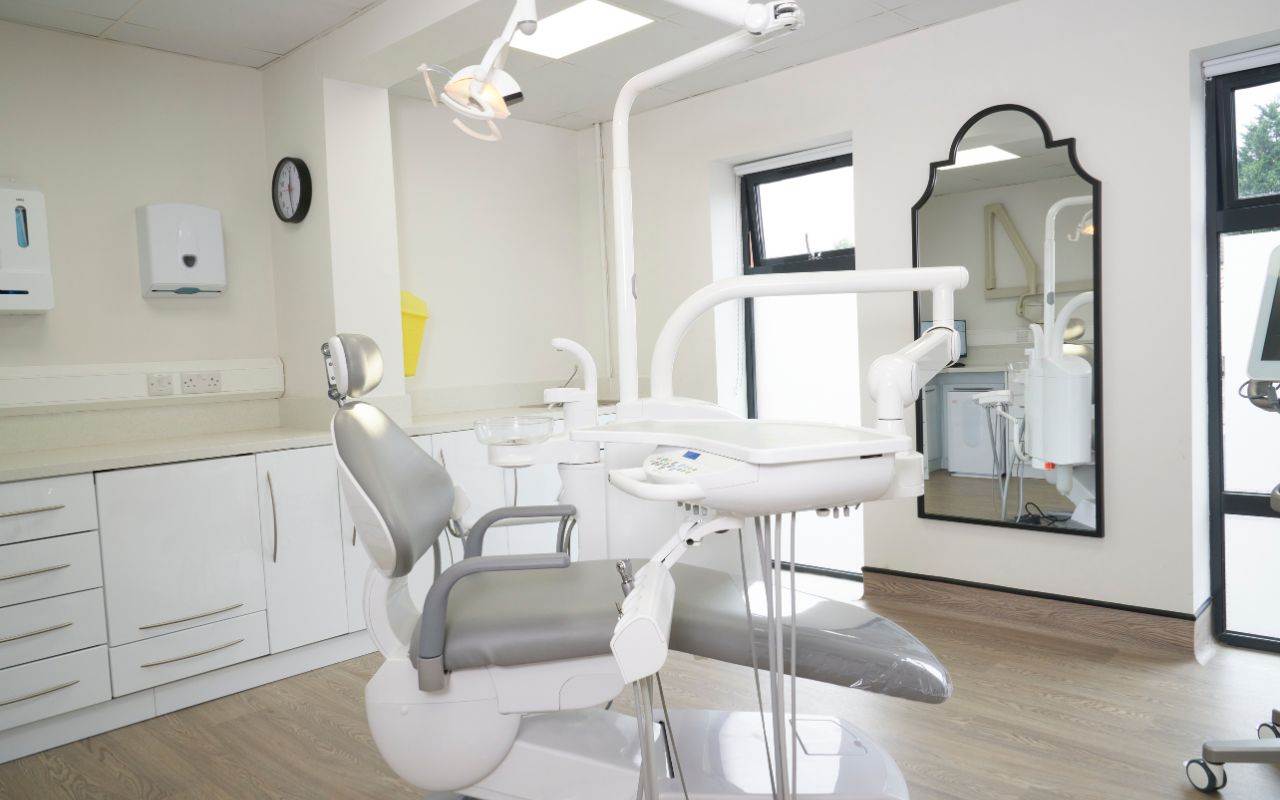
Some people approach the dental operative space with a feeling of foreboding when they see that NASA-grade chair in the middle of the room. However, once you settle into that chair, you’ll find it quite comfortable! The dental chair is designed with ergonomics in mind, with plenty of padding and a shape that supports your body during your appointments.
It is also equipped with adjustable parts to suit different shapes and sizes of patients while allowing us to raise the chair so we can reach your mouth and adjust you for different procedures. It’s all good and nothing to worry about. In fact, we’ll even give you or your kids a “chair ride” to see just how fun and comfy our dental chairs are!
The Operatory Light
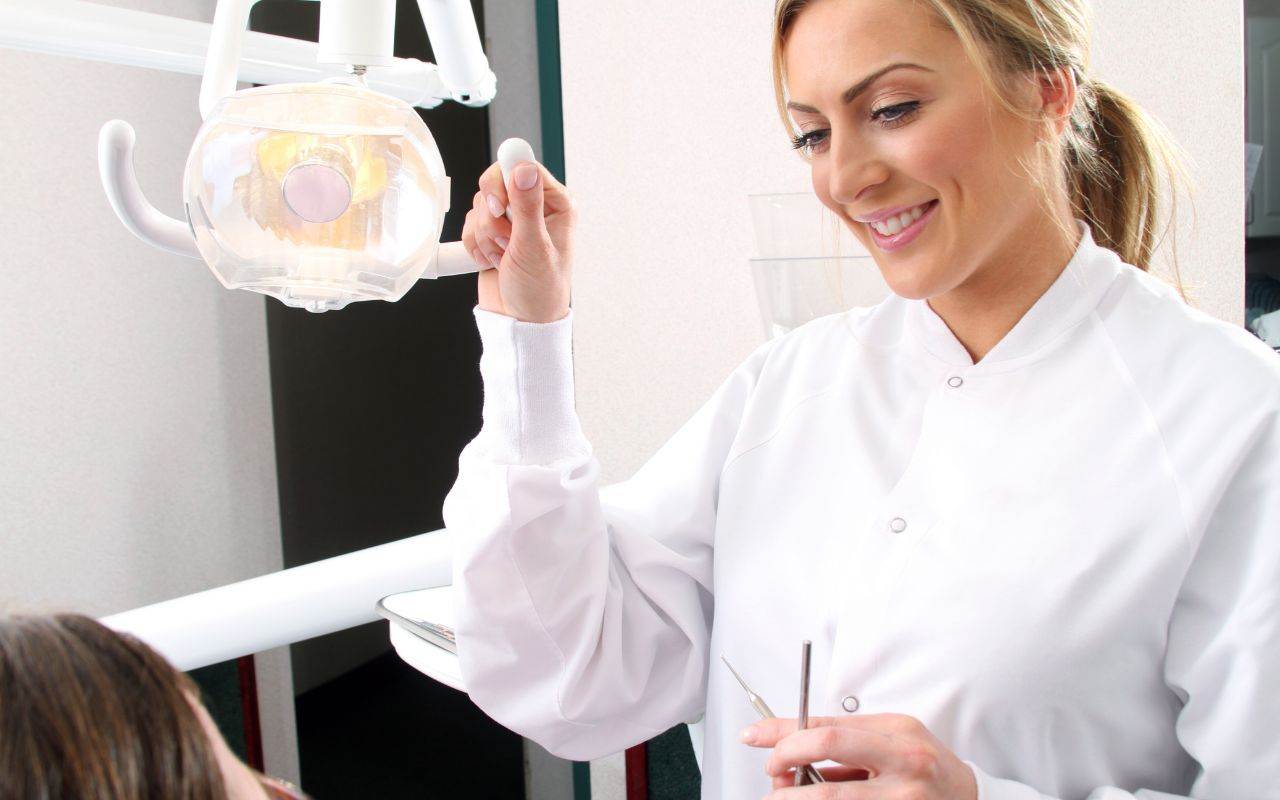
Once you settle into your dental chair, the next thing you’ll likely notice is that shiny light above your head. If you find the light uncomfortable, don’t worry; we’re happy to provide goggles to protect your eyes from the glare. The thing is, we need that light to get a good look in your mouth so we can diagnose issues and see every nook and cranny during procedures and cleanings. So, settle in and feel free to accept those goggles to keep your eyes glare-free during your appointment.
The Dental Headlight
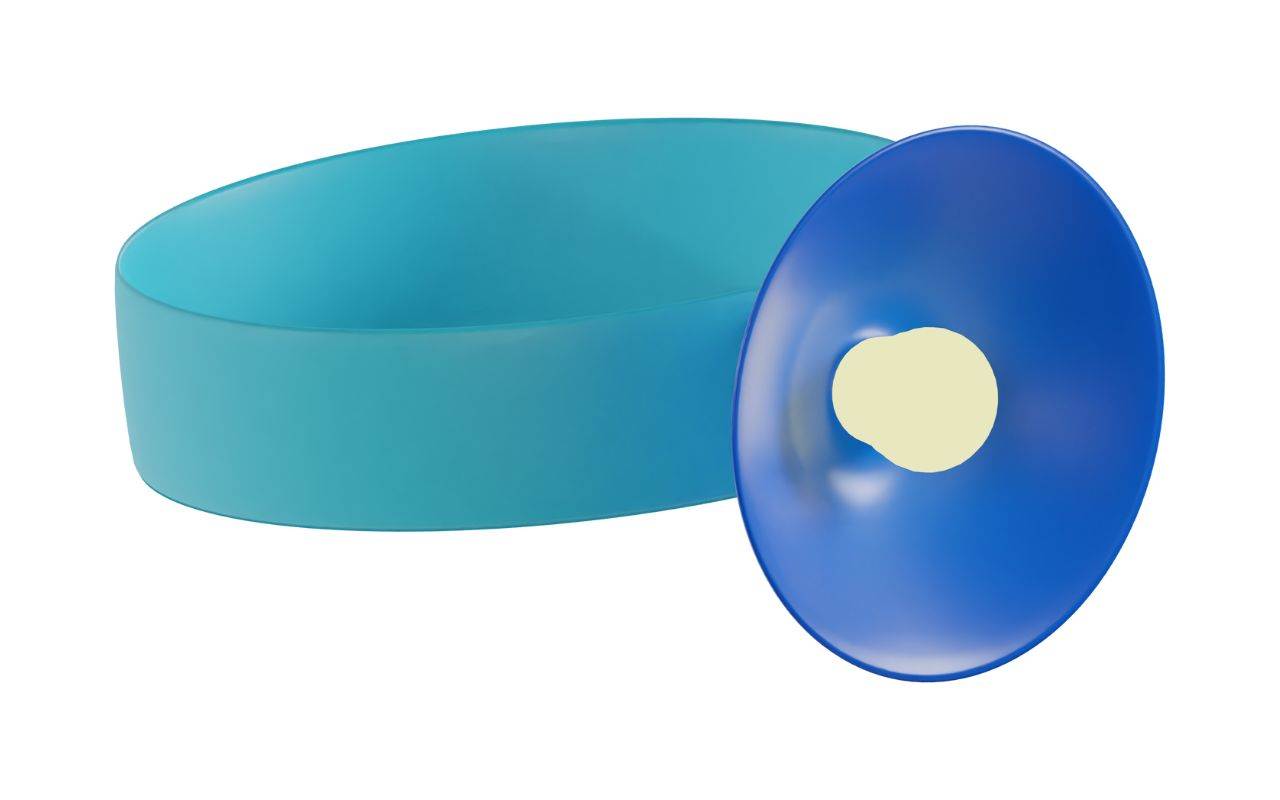
Although our operatory lights are amazingly effective during procedures, some dentists also use a “dental headlight”. These lights are worn on our heads, providing even more light when we examine your teeth and mouth or are performing treatment. Again, this light can sometimes feel too bright, and we can provide goggles to keep your eyes comfortable.
The Air Purifier
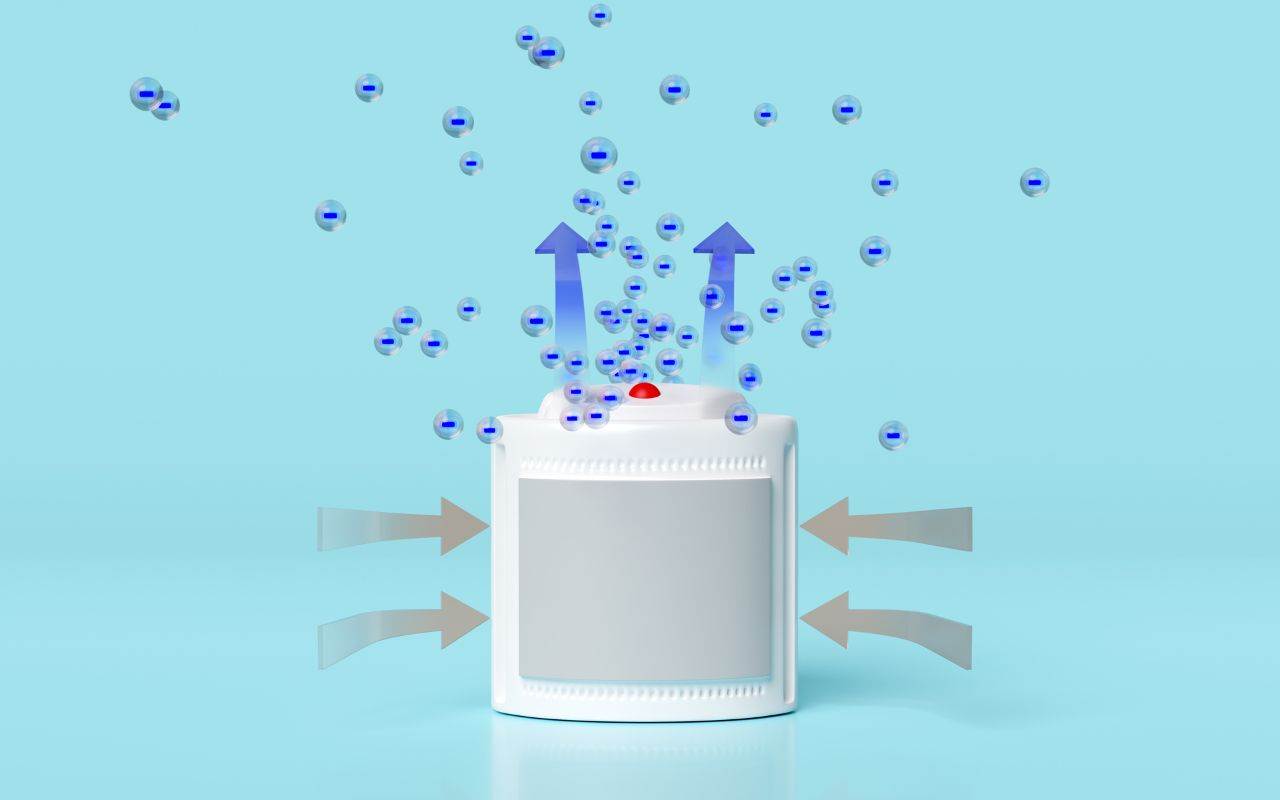
Since the pandemic, dental offices have installed air purifying equipment, often sitting in the corner of the operating room. If you notice a unit like this, you’re likely drawn to it because of its noise. However, the dental air purifier is necessary to help keep your dental space germ-free. So, think of it as white noise to help stay relaxed, and know we’re taking every possible step to protect you against infection.
The Dental X-Ray Machine
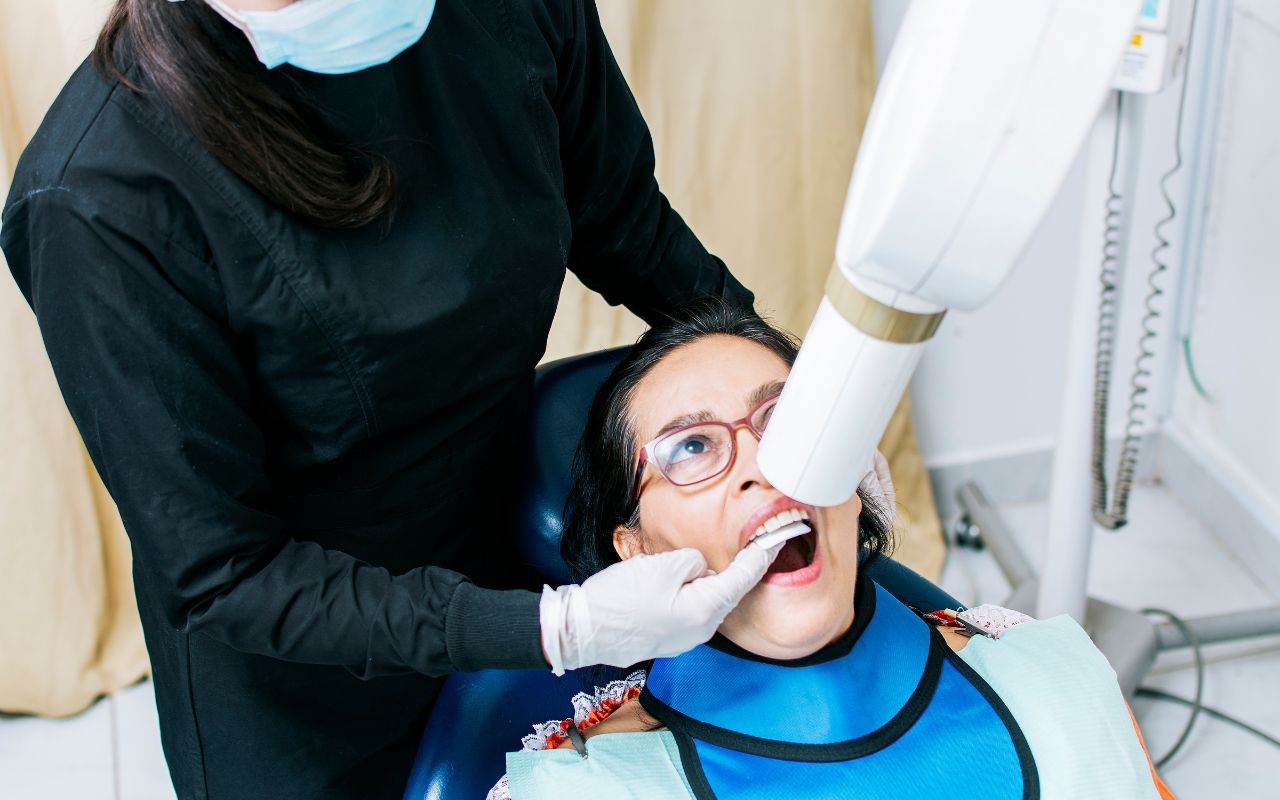
Every three to five years, your dentist or hygienist will take x-rays of your teeth. This can feel a little invasive as the large, almost dinosaur-like head and neck are positioned “in your face.” However, we take precautions to protect you against radiation from X-rays and we take them quickly so it’s over and done with as soon as possible. Although you can request that we don’t take x-rays, we strongly advise you to do so. It’s the best way for us to detect problems or make an accurate diagnosis of the following issues:
- Dental abscesses
- Cysts
- Tumours
- Bone loss
- Decay between the teeth
- Abnormal tooth and root positions
- Abnormal development
- Issues below the gumline
- Issues inside the tooth
The Dental Intraoral Camera
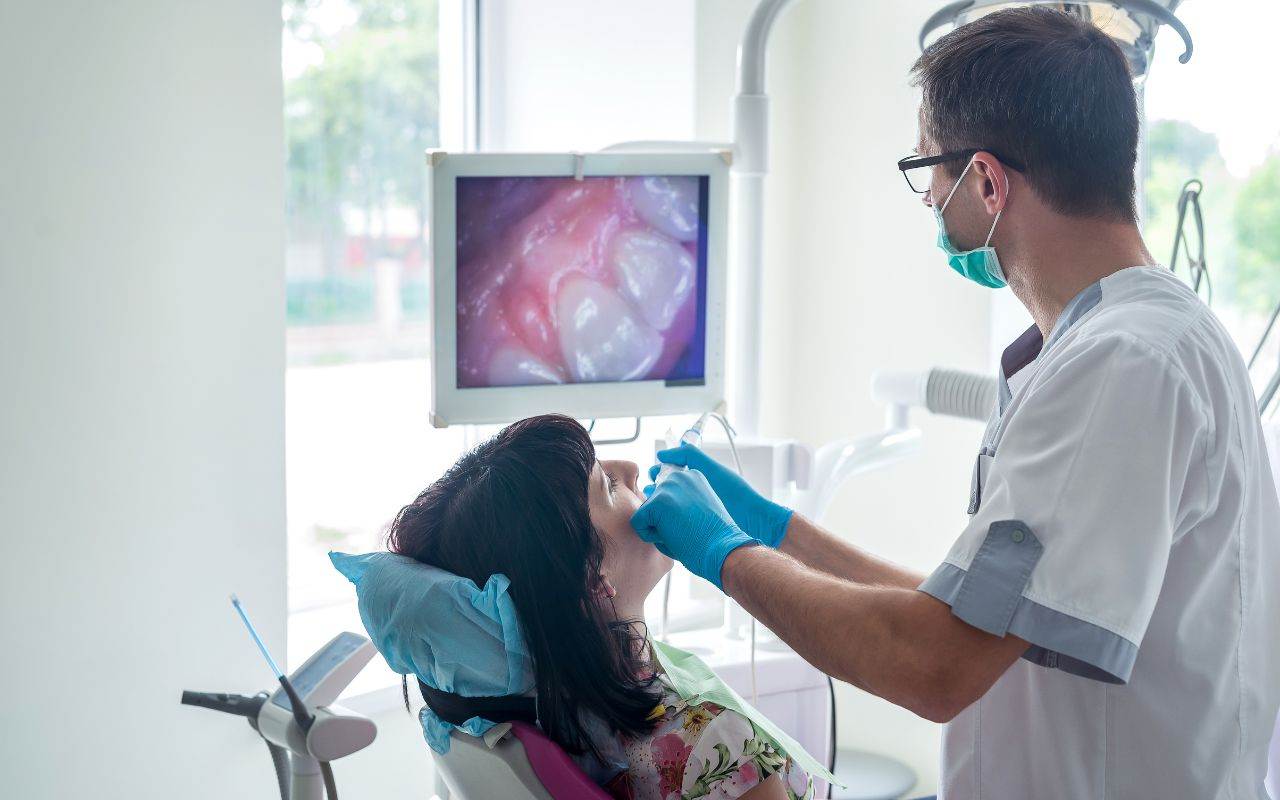
This is actually a very nifty tool dentists love. Intraoral cameras are used to help detect early signs of dental problems. They are small enough to fit in your mouth comfortably and can be used to magnify images and show you what we are seeing on a screen. It is an important educational tool, as we can explain why we might recommend certain treatments. We use them for several reasons, including:
- Detecting dental problems sooner
- Determining the best treatment
- Educating you on underlying issues and treatment procedures
- Saving images for future reference when following the progression of certain issues, such as wisdom teeth and misalignments
The Electrical Dental Handpiece
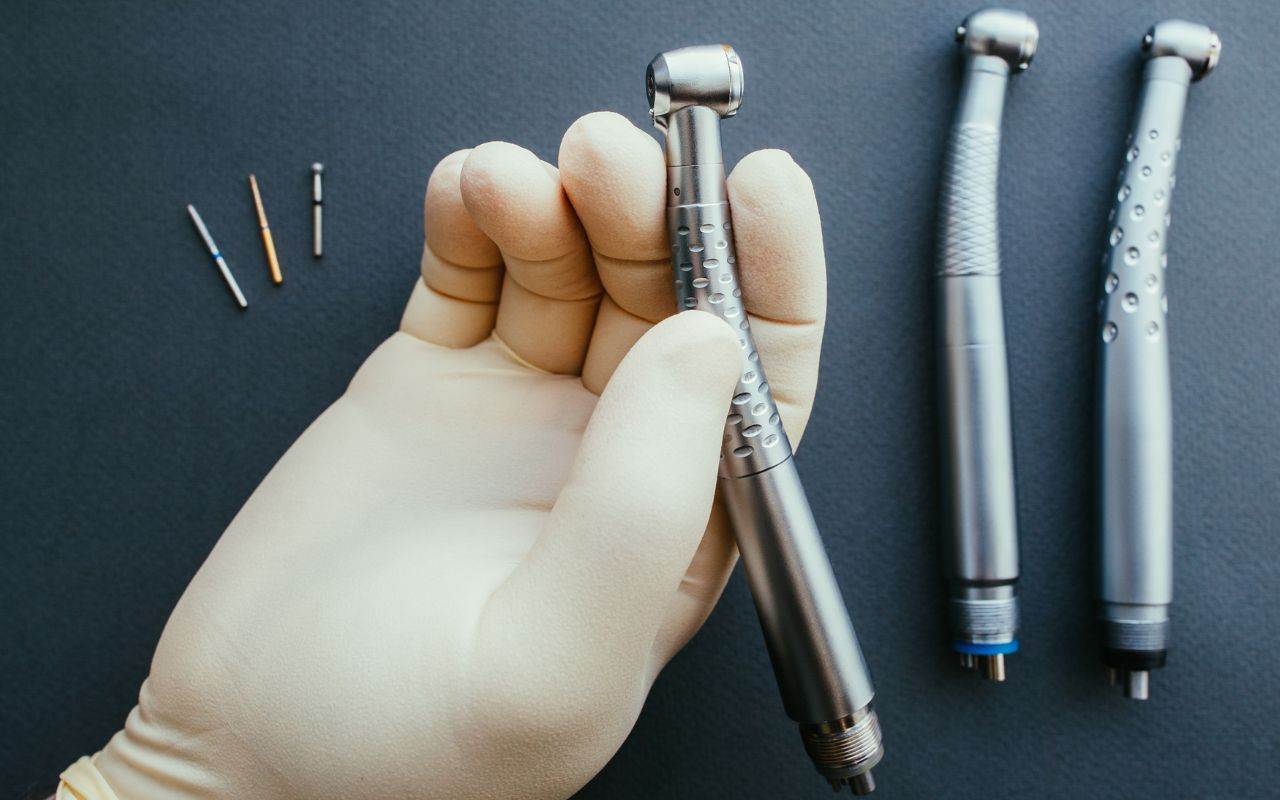
This is an essential dental instrument used at routine dental appointments such as cleanings and common dental treatments. It works with different attachments, including:
- High- and low-speed handpieces
- Surgical handpieces
- Laboratory handpieces
- Hygiene handpieces
You have most likely experienced some form of treatment with this tool since it allows dentists to switch up the attachments based on the procedure.
The Mirror
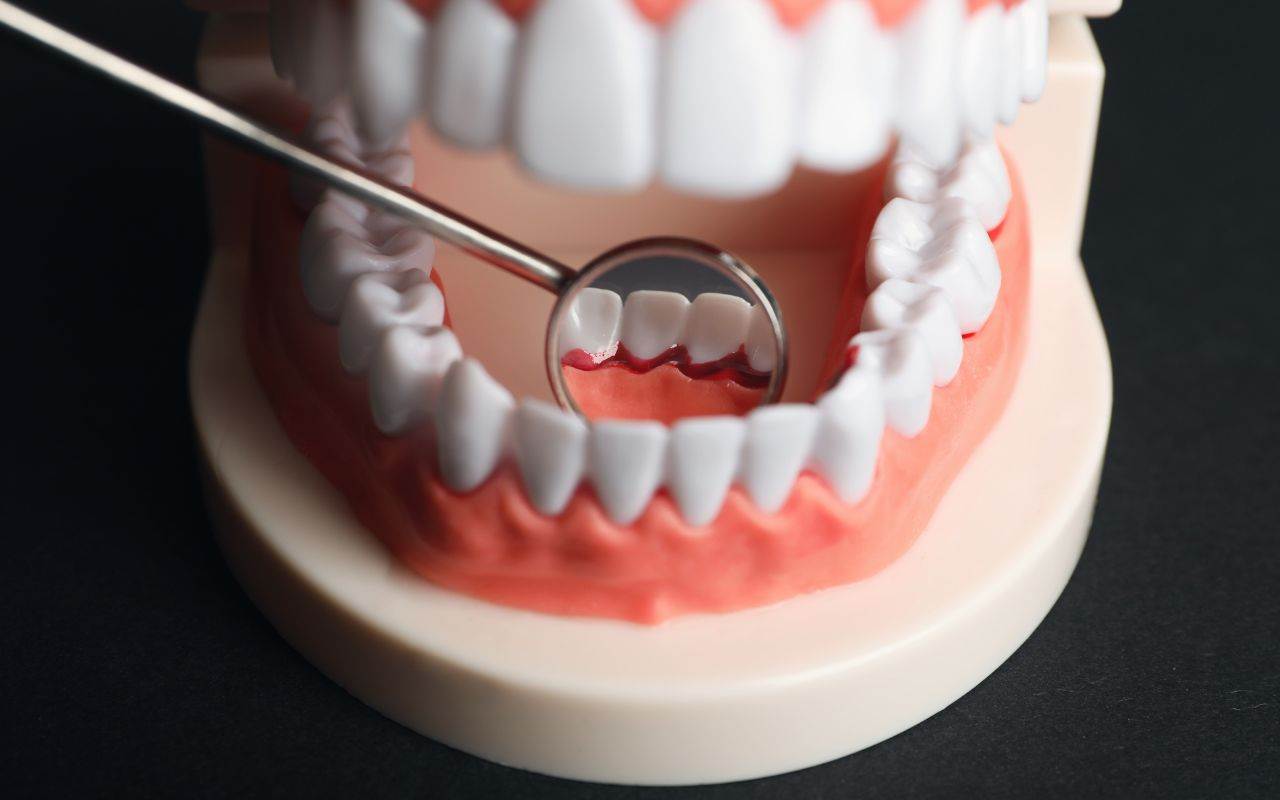
Dental mirrors allow us to examine the following:
- All your teeth surfaces, front and back
- Your throat
- Your tongue
- Roof of your mouth
- Inner lips and cheeks
It’s probably the most familiar tool as it is used at pretty much all appointments so we can get a good look at the hard-to-see angles of your mouth.
The Scaler
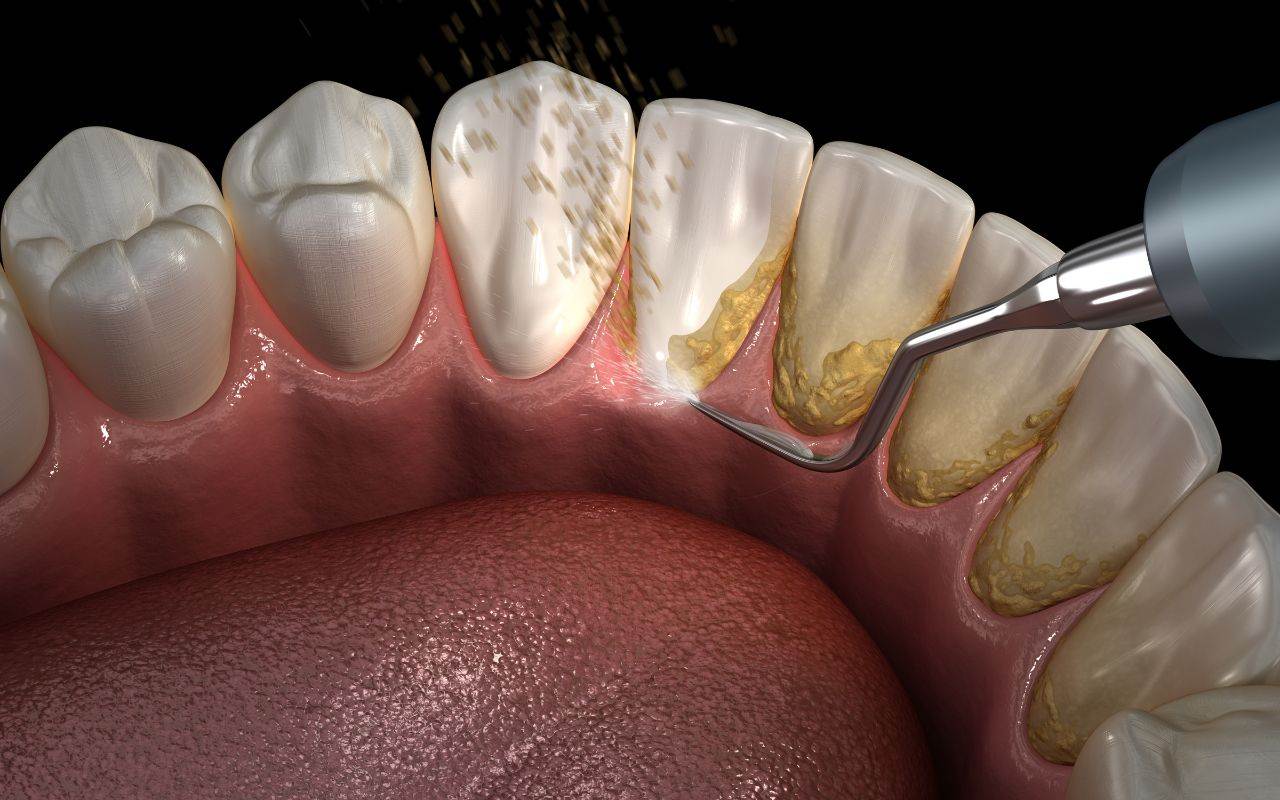
This is often viewed as a worrisome tool due to its hook-like appearance. Although it might seem scary-sharp, it’s one of the necessary dental cleaning tools to remove sticky plaque and tartar from your teeth to reduce the risk of tooth decay and gum disease. Your hygienist uses this as part of her toolkit to gently scrape away the plaque and tartar on your teeth, so there’s nothing to fear! In some cases, we might need to use a powered scaler for added ultrasonic cleaning power to remove tartar deposits just below the gum line.
The Saliva Ejector (Gross!)
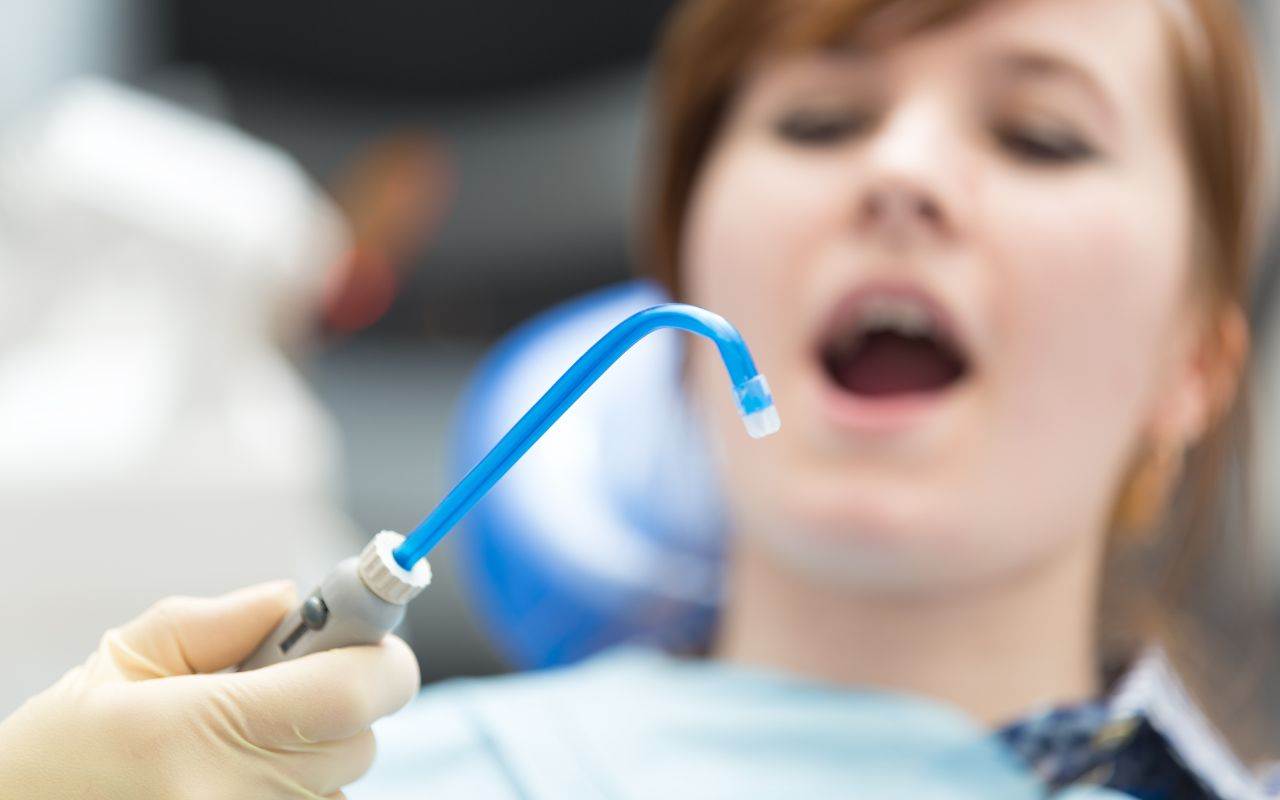
We hate to tell you, but this tool is also known as the spit sucker in some dental circles. They are particularly important as they remove excess saliva, water, blood, and unwanted debris during common treatments such as cleanings, so you don’t inadvertently swallow anything while we are working in your mouth. Not the most pleasant tool, but so essential.
The Polisher
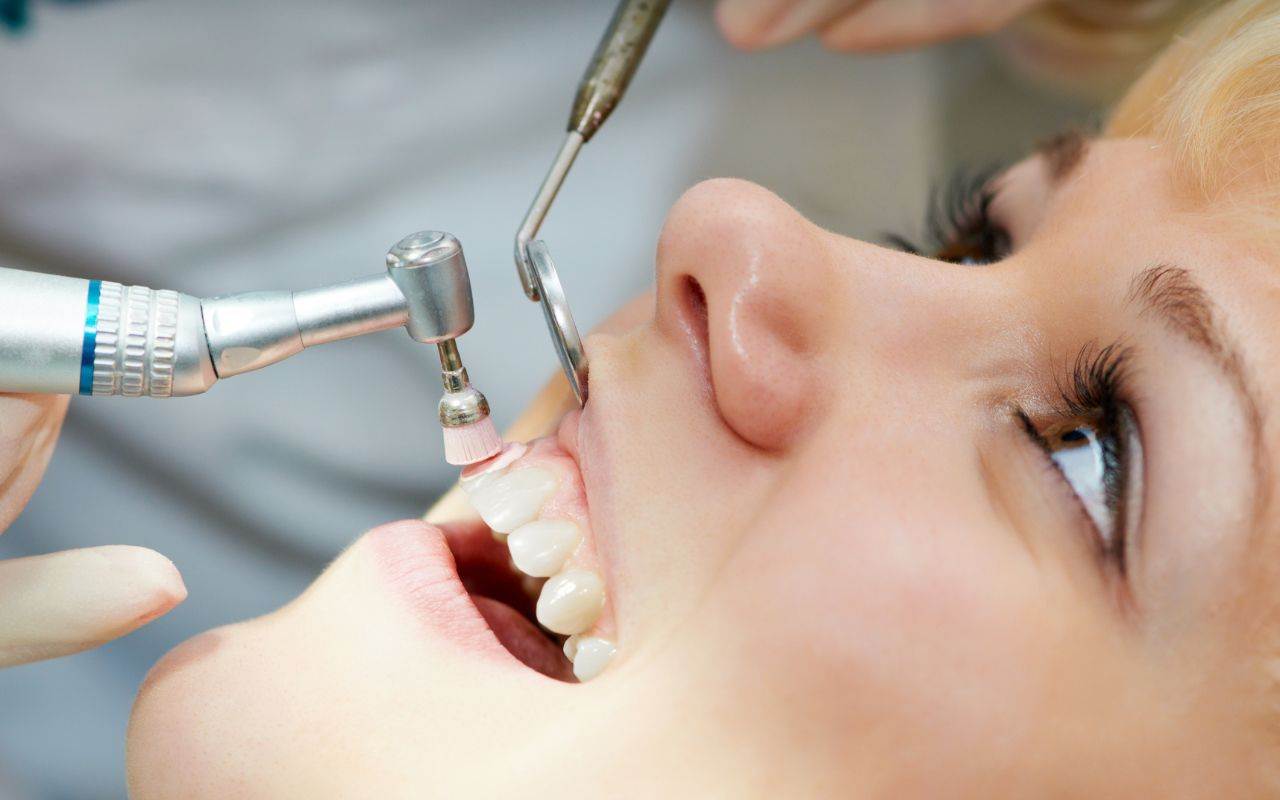
This is probably the most common attachment used on the electrical handpiece. We use it to polish your teeth as the final step in your cleaning. It smooths and polishes your teeth for a brighter, whiter smile and is used with a paste to remove staining and residual tartar not removed by the scaler.
The Drill
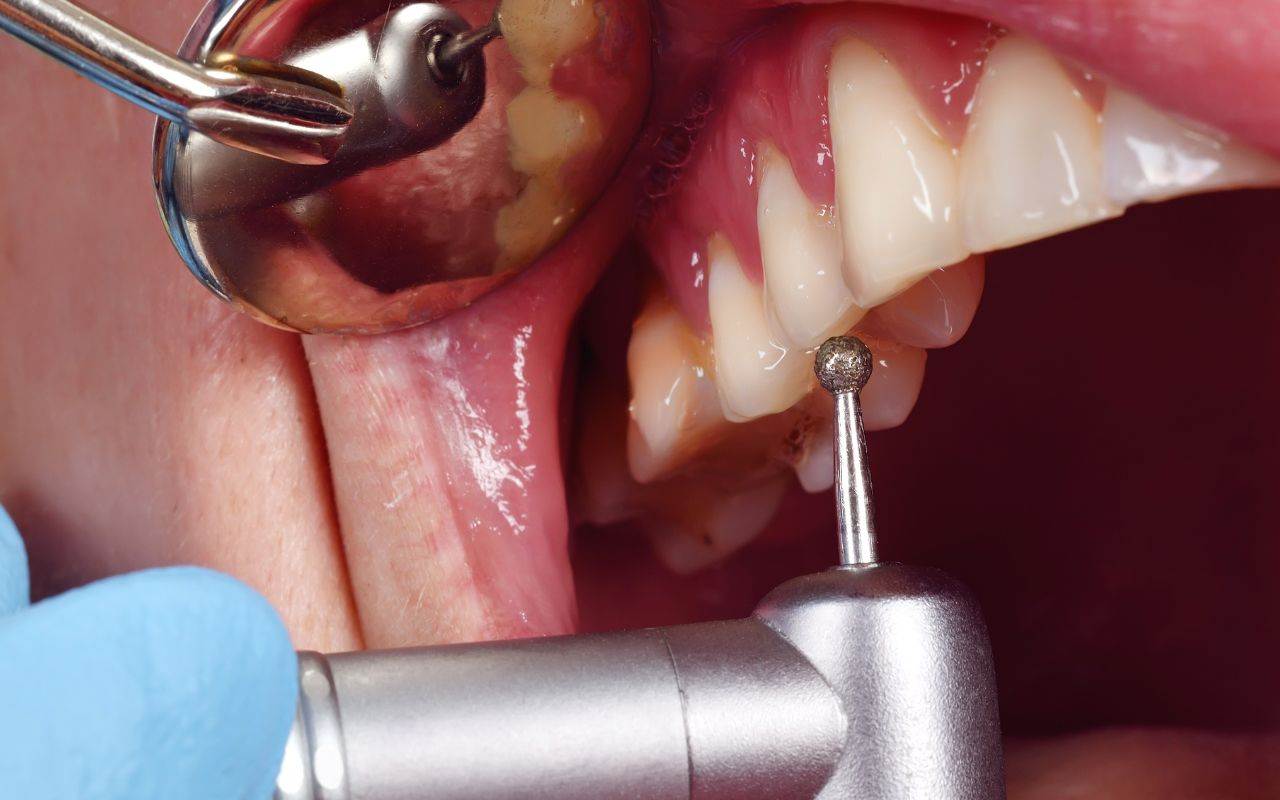
Another tool many patients dread is actually the most important tool used during restorative treatments. It is painless because it is used with numbing agents to keep you comfortable while we perform various procedures. We can switch up the burrs and tips to achieve tasks such as smoothing pointy edges from tooth chips, removing tartar, creating a comfortable bite after filling a tooth, perfecting the shape and appearance of bonding, and more.
There are many more tools you might encounter during your dental appointment depending on the treatment or procedures we perform. The most important thing to remember is that your dental team is highly skilled and trained to use all these tools, and we are always ready to answer your questions regarding what dental tools are used for, walk you through your treatment, and introduce each new tool or piece of equipment we use to set your mind at ease.
Call us today at 905-775-5307, or click here to request an appointment.
